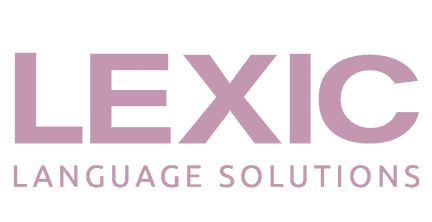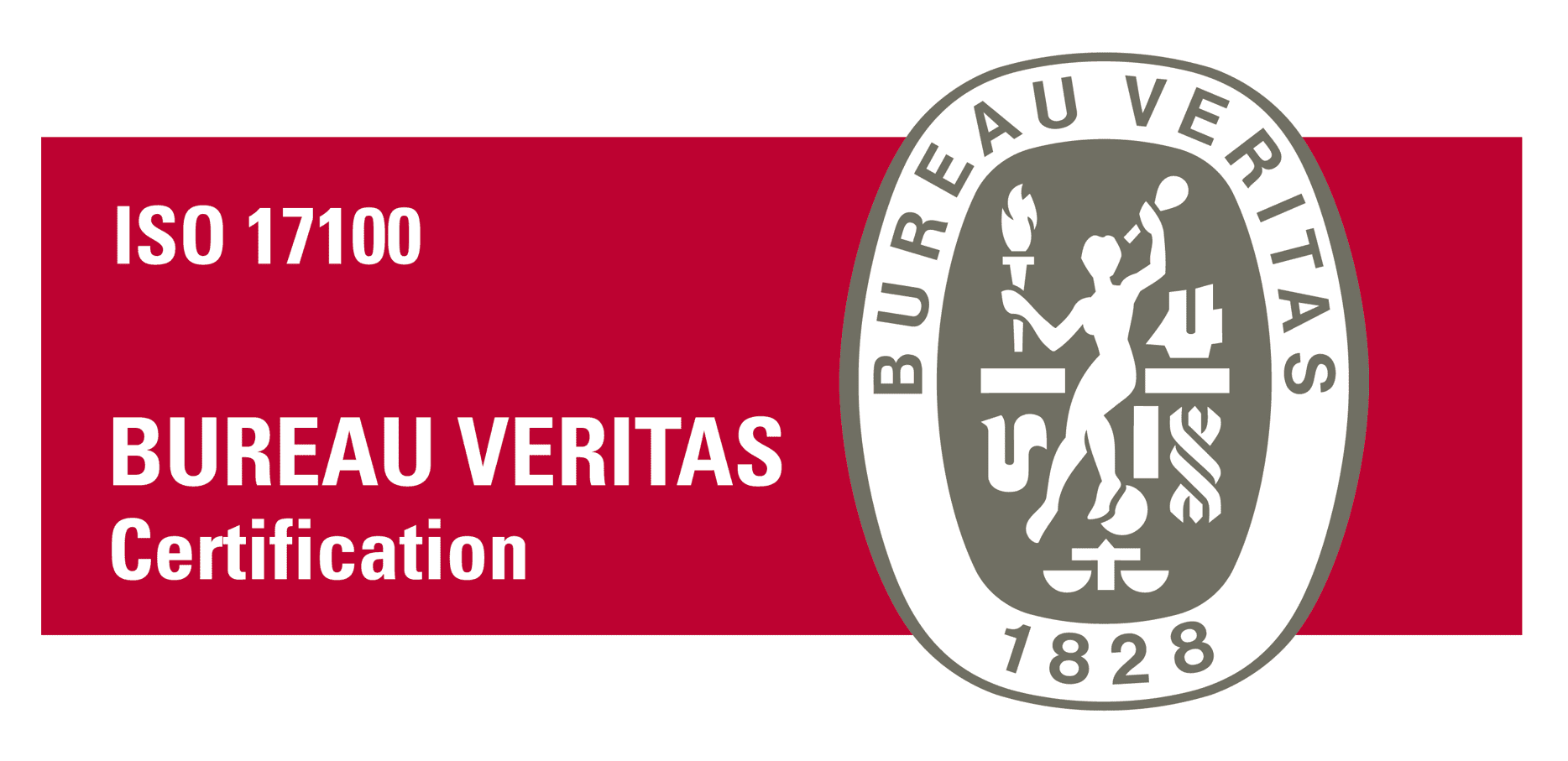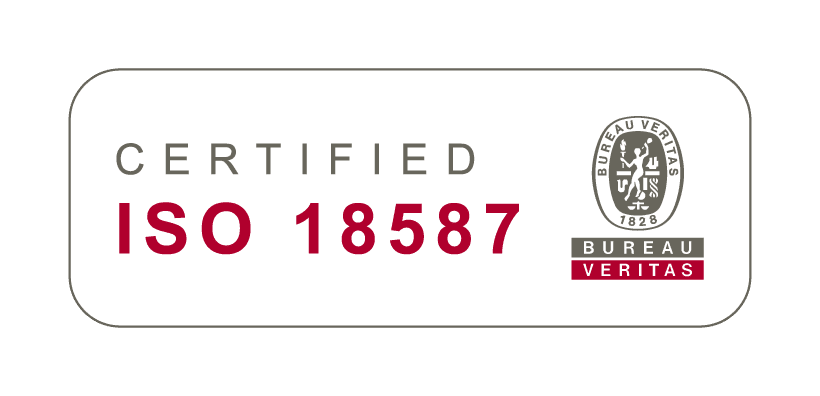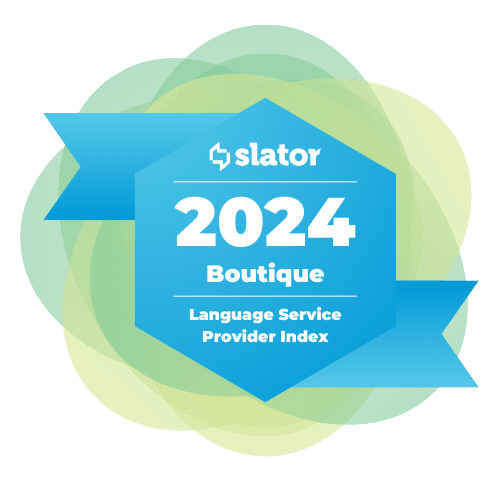Key points
The key elements to extend the transition period for medical devices under the EU Medical Device Regulation (MDR) are:
Extended transition period
Class III implantable custom-made devices
Custom-made Class III implantable medical devices may be placed on the market until May 26, 2026, even in the absence of a certificate issued by a notified body. This will ultimately give manufacturers more time to obtain that certification.
Certificate validity
The proposal extends the validity of certificates issued up until 26 May 2021, the day when the MDR became applicable, provided the conditions for the extended transition period are met.
Removal of sell-off date
The Commission also proposes to remove the ‘sell-off’ date currently established in the MDR and the In Vitro Diagnostic Medical Devices Regulation. The ‘sell-off date’ is the deadline for withdrawing devices that are already on the market but have not yet been delivered to the final user. According to the Council, only devices that met previous legislative requirements (i.e., EU medical device directives) will benefit from this provision, reducing the risk of shortages.
Main reasons for the extension of MDR
This is not the first time that the transition period has been postponed. In fact, it had already been delayed from May 26, 2021, to May 26, 2023. Back then, the main reason was the impact of the COVID-19 pandemic, which had put significant strain on the healthcare systems of many EU member states. Because many resources were diverted to respond to the pandemic, it was more difficult for manufacturers to meet the original deadline.
Now, one of the most important reasons for this second lengthening of the transition period is the significant backlog of medical devices awaiting certification under the new regulations. MDR imposed stricter requirements for medical device certification, such as a greater emphasis on clinical data and more rigorous testing procedures. As a result, the certification process has taken longer than anticipated, leading to delays in the availability of some medical devices.
The extension of the deadline is intended to provide manufacturers with more time to comply with the new regulations and has helped avoid a potential shortage of medical devices in the EU.
Regulatory Background
The Medical Devices Regulation entered into force in May 2017 and became applicable on 26 May 2021. It replaced the previous EU Medical Device Directive (MDD) and brought significant changes to the regulatory framework for medical devices in the European Union (EU).
The new regulation paved the way for a more patient-centered healthcare system in which transparency and safety are prioritized so that patients can benefit from innovative, high-performing devices and new therapies.
The improvements comprise:
- New EU-wide pre-market scrutiny mechanism involving a pool of experts to ensure stricter ex-ante control of high-risk devices
- Strengthening of the standards for the designation and oversight of Notified Bodies
- The inclusion of certain aesthetic devices that have the same characteristics and risk profile as analogous medical devices
- Enhanced transparency through EUDAMED, the EU’s comprehensive medical device database
- Traceability through the use of a unique device identifier (UDI)
- A new ‘implant card’ containing information for patients with implanted medical devices
- The strengthening of the rules regarding clinical evidence, including the implementation of a coordinated EU-wide procedure for authorizing multi-center clinical studies
- A stronger post-market surveillance requirement for manufacturers
- A financial compensation mechanism to ensure that patients are compensated for damage caused by defective devices.




